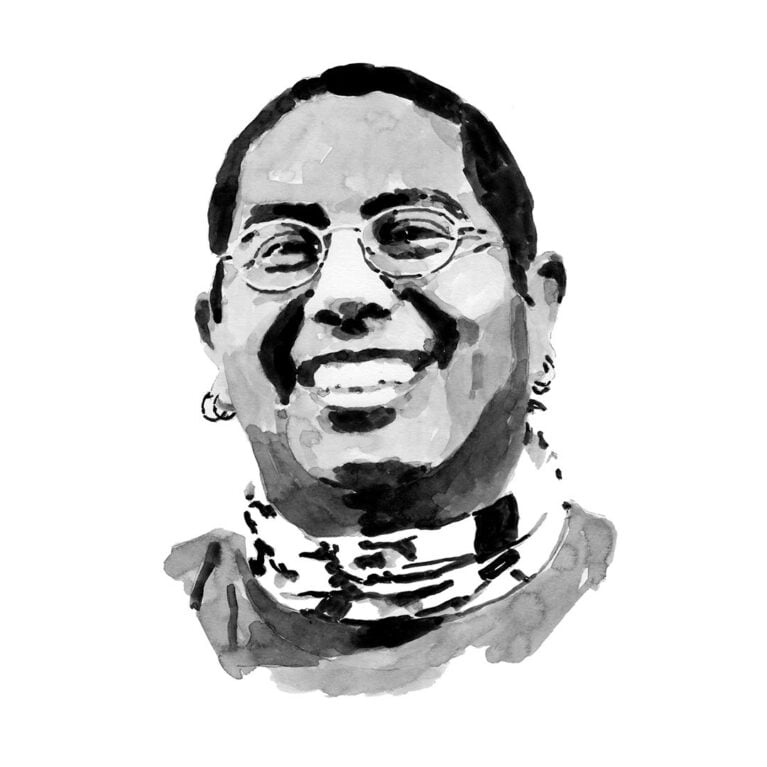Emiliano García-Rodríguez

Who I am
I grew up in Veracruz, a coastal city in tropical south-eastern Mexico. As a child I looked for any excuse to go to the beach to see what the local fishers had brought in from the sea. It was there that I discovered sharks and rays, and from that moment I knew I wanted to study these species. That became my motivation to pursue a degree in marine biology. After I graduated, I moved to north-western Mexico to study for my Master’s and worked with blue shark fisheries in the region. While studying for my doctorate, I developed a project that focused on understanding the movements and trophic ecology of juvenile white sharks in a nursery area, as well as their interactions with fishers. For the past 13 years I have been involved in projects on the ecology of elasmobranchs and related fisheries all over Mexico. During this time I have become aware of the lack of the scientific data that are needed to understand the status of these species and to develop well-informed management and conservation strategies. That is why I am committed to producing information that fills the knowledge gap for this group.
Where I work
San Quintin Bay is located in the north-eastern part of Baja California, where a coastal lagoon is one of the most extensive and best-preserved wetlands on the peninsula. The presence of sea grass, kelp forest, rocky reefs and an almost permanent upwelling close to the lagoon’s mouth makes this an area of high productivity, and its rich, temperate waters provide many ecosystem services to local communities. These include oyster culture, artisanal and recreational fishing, and hunting, diving and birdwatching tourism. Despite its high biodiversity and international recognition as a priority ecosystem, the area is vulnerable to threats such as the fragmentation and destruction of habitat, the introduction of exotic species, illegal fishing and overfishing. In addition, the region is susceptible to warming events that cause changes in the ecosystem’s structure.
What I do
Our work starts very early, before the sun has fully risen. We go down to the beach, where the fishers are already waiting for us, load our gear into the boat and go out to sea with them. During the trip to the kelp forest we chop up fresh bait that we hope will attract marine animals to our video stations. When we reach the sampling site we set up the cameras in the stations so that they will record what comes to the bait – including, we hope, many elasmobranchs. Then we wait, passing the time in talking to the fishers about their activities, politics, sport or whatever is in the news. When it’s time to go, we retrieve the cameras. On some days we go out with the fishers to see what they catch and if it’s an elasmobranch we take muscle and blood samples for analysis. Sometimes we wait on the beach for them to return from fishing and ask them about their day, where they went and what they caught.
